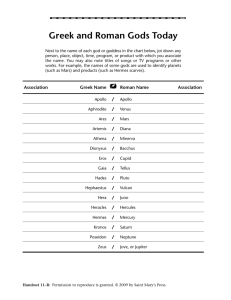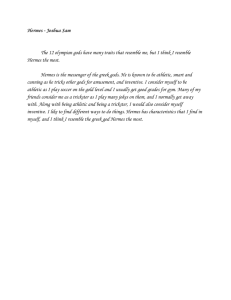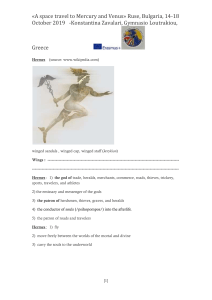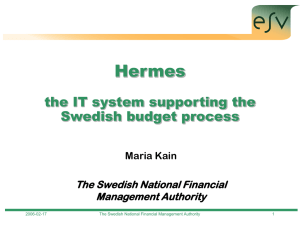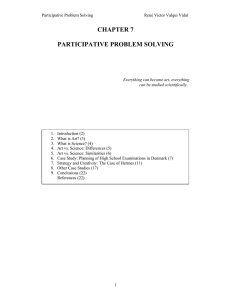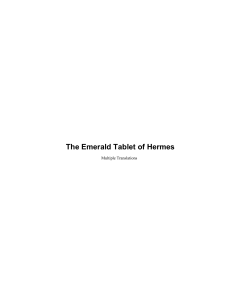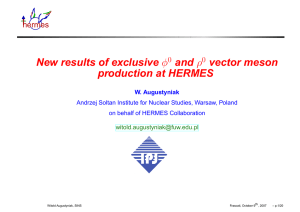SUPPORTING THE SCIENCE – FUTURE LOOK AT A NEW MARINE
advertisement
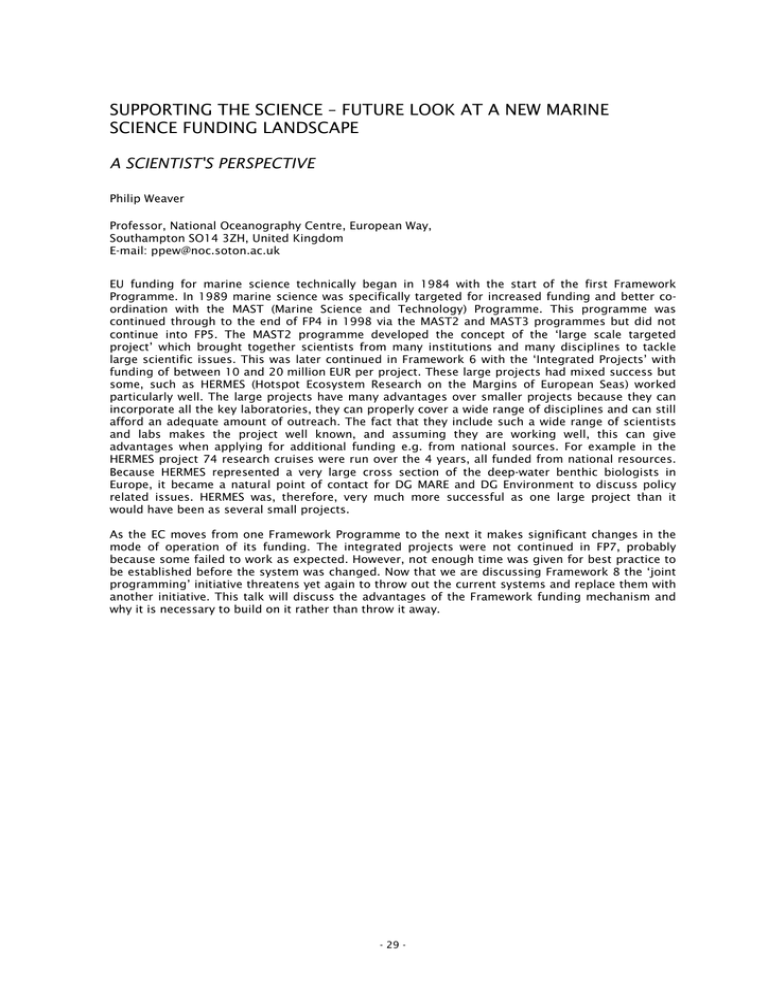
SUPPORTING THE SCIENCE – FUTURE LOOK AT A NEW MARINE SCIENCE FUNDING LANDSCAPE A SCIENTIST'S PERSPECTIVE Philip Weaver Professor, National Oceanography Centre, European Way, Southampton SO14 3ZH, United Kingdom E-mail: ppew@noc.soton.ac.uk EU funding for marine science technically began in 1984 with the start of the first Framework Programme. In 1989 marine science was specifically targeted for increased funding and better coordination with the MAST (Marine Science and Technology) Programme. This programme was continued through to the end of FP4 in 1998 via the MAST2 and MAST3 programmes but did not continue into FP5. The MAST2 programme developed the concept of the ‘large scale targeted project’ which brought together scientists from many institutions and many disciplines to tackle large scientific issues. This was later continued in Framework 6 with the ‘Integrated Projects’ with funding of between 10 and 20 million EUR per project. These large projects had mixed success but some, such as HERMES (Hotspot Ecosystem Research on the Margins of European Seas) worked particularly well. The large projects have many advantages over smaller projects because they can incorporate all the key laboratories, they can properly cover a wide range of disciplines and can still afford an adequate amount of outreach. The fact that they include such a wide range of scientists and labs makes the project well known, and assuming they are working well, this can give advantages when applying for additional funding e.g. from national sources. For example in the HERMES project 74 research cruises were run over the 4 years, all funded from national resources. Because HERMES represented a very large cross section of the deep-water benthic biologists in Europe, it became a natural point of contact for DG MARE and DG Environment to discuss policy related issues. HERMES was, therefore, very much more successful as one large project than it would have been as several small projects. As the EC moves from one Framework Programme to the next it makes significant changes in the mode of operation of its funding. The integrated projects were not continued in FP7, probably because some failed to work as expected. However, not enough time was given for best practice to be established before the system was changed. Now that we are discussing Framework 8 the ‘joint programming’ initiative threatens yet again to throw out the current systems and replace them with another initiative. This talk will discuss the advantages of the Framework funding mechanism and why it is necessary to build on it rather than throw it away. - 29 -
